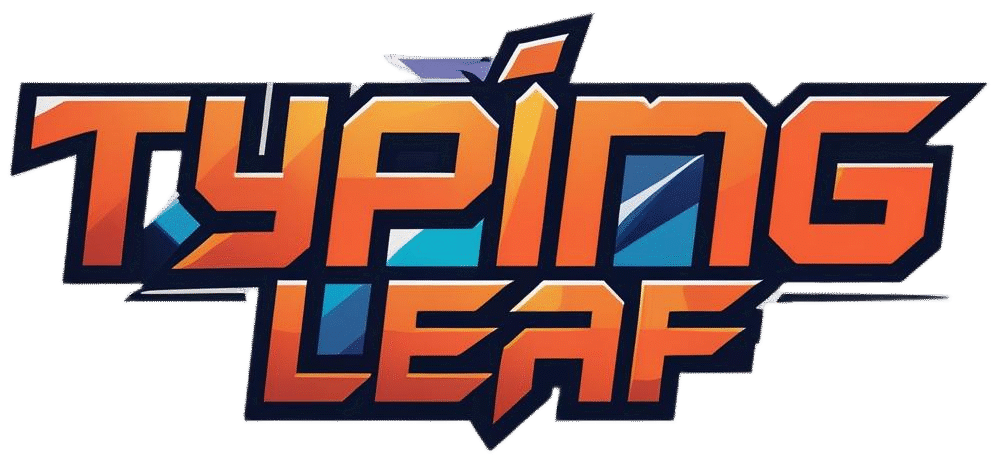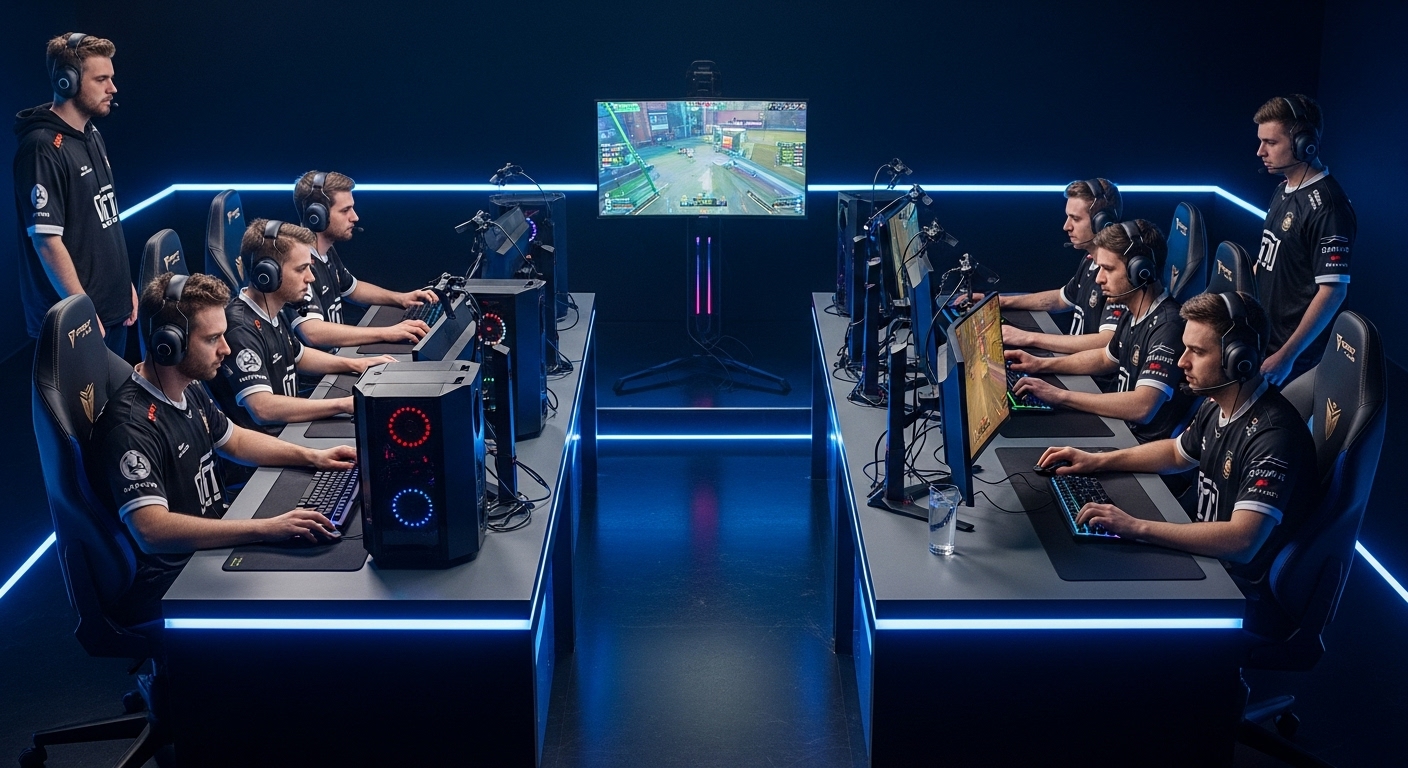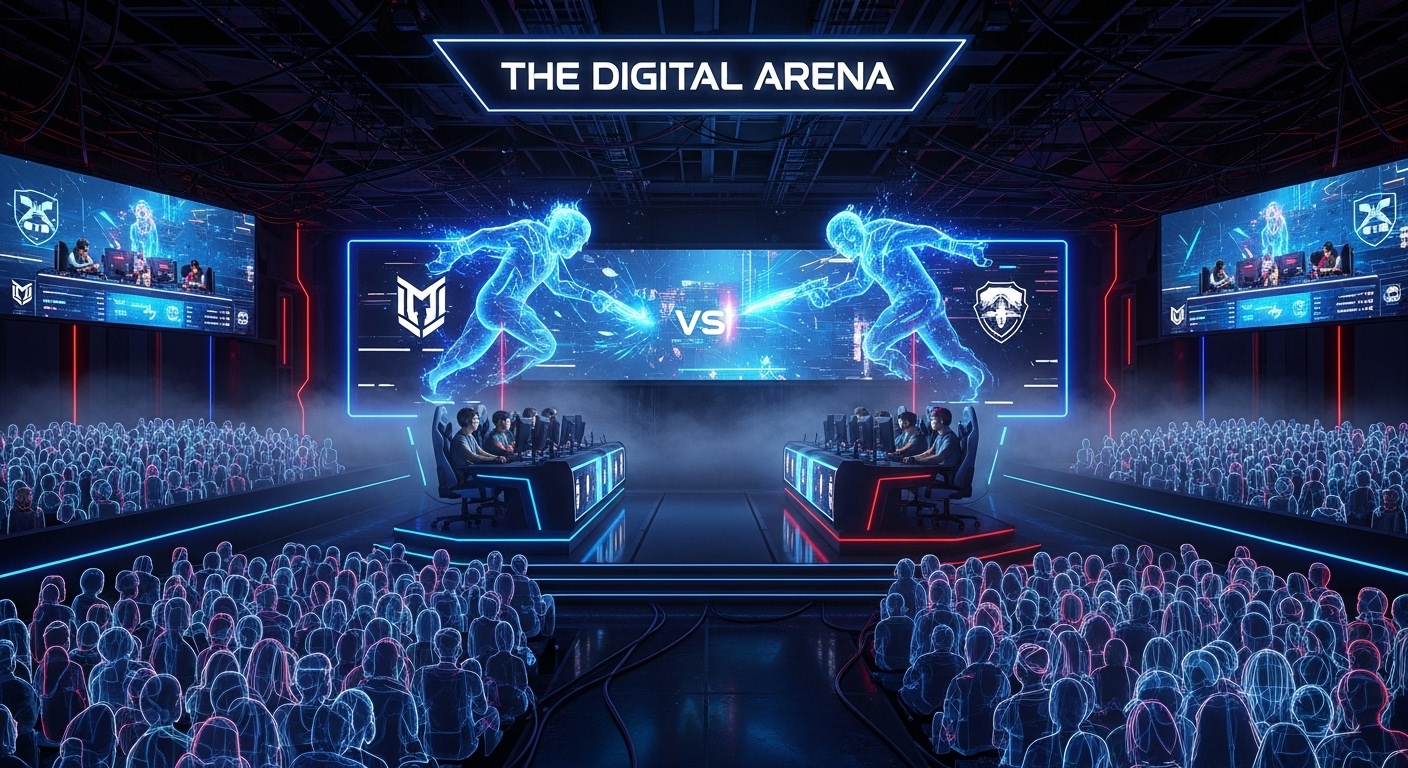Introduction
In the past few decades, the definition of sports and competition has expanded beyond physical arenas into the digital realm. eSports, or electronic sports, represents one of the most remarkable evolutions in the entertainment industry. It combines skill, strategy, teamwork, and technology to create a form of competition that is watched and celebrated by millions worldwide.
What began as casual gameplay among friends has evolved into a global industry with professional players, franchised teams, streaming platforms, massive tournaments, and multimillion-dollar prize pools. eSports is more than just gaming; it is a cultural movement, a career path, and a technological phenomenon shaping the future of entertainment and social engagement.
This blog explores the history, growth, technology, economics, global impact, challenges, and future of eSports, providing a comprehensive understanding of how it has become one of the most influential digital industries today.
The Origins of eSports
The roots of eSports can be traced back to the 1970s with the advent of early video games. Games such as Spacewar! and Pong introduced competitive elements, allowing players to challenge each other and measure their skill. The first known organized gaming competition took place in 1972 at Stanford University, where students competed in Spacewar! for a subscription to a science magazine. Though modest, this event set the foundation for organized competitive gaming.
The 1980s witnessed the arcade boom. Games like Pac-Man, Donkey Kong, and Space Invaders became household names, and arcades evolved into social hubs where players could compete for high scores. Public scoreboards encouraged rivalries and created communities centered around skill and competition.
In the 1990s, online multiplayer games transformed the gaming landscape. Titles like Quake, Doom, and StarCraft allowed players to compete across continents in real-time. South Korea emerged as a leader in competitive gaming, leveraging its advanced internet infrastructure and dedicated gaming culture. By the early 2000s, professional leagues, televised tournaments, and sponsored teams had become common, laying the groundwork for a global eSports industry.
The Professionalization of eSports
With growing popularity, eSports evolved from casual competition into a professional industry. Developers started designing games specifically for competitive play, emphasizing skill, teamwork, and strategy. Games like Counter-Strike, League of Legends, Dota 2, and Overwatch became central to professional competition.
Professional eSports players now follow rigorous training routines similar to traditional athletes. Their daily schedules include hours of practice, team coordination, strategic planning, physical conditioning, and mental training. Teams employ coaches, analysts, nutritionists, and psychologists to ensure optimal performance.
Tournaments today rival traditional sports in scale and production value. Events like the International Dota 2 Championship feature prize pools exceeding tens of millions of dollars. The League of Legends World Championship draws millions of viewers globally, showcasing eSports’ ability to captivate audiences on a massive scale. Professional organizations such as T1, Cloud9, Fnatic, and Team Liquid operate as fully developed businesses managing players, sponsorships, merchandising, and branding.
The Structure of the eSports Ecosystem
The eSports industry is a complex ecosystem that relies on collaboration between multiple stakeholders:
- Game Developers and Publishers: These entities create and maintain the games that form the foundation of eSports. Their updates, patches, and tournament support determine the longevity and competitiveness of the title.
- Players and Teams: Professional players dedicate themselves to mastering games and developing team strategies. Teams manage training, contracts, and branding, functioning like traditional sports franchises.
- Tournaments and Leagues: Competitive events range from small local competitions to international championships. Leagues often feature seasons, playoffs, and finals, giving structure and consistency to the industry.
- Streaming Platforms: Services such as Twitch and YouTube Gaming allow millions of viewers to watch live matches, interact with players, and participate in the eSports community.
- Sponsors and Brands: Companies see eSports as a marketing opportunity to engage with young, passionate audiences. Sponsorships fund teams, events, and infrastructure, contributing to the industry’s growth.
Cultural Impact of eSports
eSports has become more than just an entertainment medium; it is a cultural phenomenon. Communities of fans and players connect across countries, languages, and age groups. Online forums, social media, and live streams facilitate interaction and discussion, creating a sense of belonging among gamers.
The perception of gaming has shifted significantly. What was once considered a hobby is now a legitimate career path. Schools and universities provide scholarships, courses, and degree programs in eSports management, broadcasting, and game development. Young players can aspire to professional competition or pursue related careers in coaching, content creation, and event organization.
eSports has also influenced mainstream entertainment. Virtual concerts, collaborations with artists, and cross-media storytelling have attracted millions of viewers worldwide. Gaming culture now intersects with music, fashion, and media, establishing eSports as a defining feature of contemporary entertainment.
Technology: The Backbone of eSports
The growth of eSports is inseparable from technological advancements. High-speed internet, powerful gaming hardware, and advanced broadcasting systems enable competitive gaming to be both professional and spectator-friendly.
Hardware and Performance: Professional players rely on high-performance PCs, low-latency monitors, precision peripherals, and ergonomic equipment. Even milliseconds of delay can determine the outcome of a match, making technology a critical component.
Streaming and Broadcasting: Live streaming allows fans to experience matches in real-time, with features like multiple camera angles, instant replays, and augmented reality overlays enhancing the viewing experience.
Data Analytics and Artificial Intelligence: Teams use analytics and AI to study gameplay, develop strategies, and predict opponent behavior. Data-driven decision-making is now integral to professional competition, elevating the strategic depth of eSports.
Economics of eSports
eSports has grown into a multibillion-dollar industry. Revenue streams include tournament prize money, sponsorships, advertising, merchandise, ticket sales, and broadcasting rights. Brands invest in eSports because it allows them to reach highly engaged, younger audiences.
Professional players earn through tournament winnings, streaming, and brand endorsements. Teams profit from sponsorships, merchandise, and media rights. Major events boost local economies, attracting tourism and increasing revenue for hospitality and related industries. Employment opportunities in broadcasting, event management, marketing, and software development continue to expand as the industry grows.
Global Expansion of eSports
eSports is now a global phenomenon. South Korea and China are recognized as leaders, with robust professional leagues, strong fan engagement, and government support. Professional players are celebrities, and competitive gaming is culturally celebrated.
North America and Europe have developed franchised leagues, structured competitions, and professional training academies. Emerging markets in South America, the Middle East, and Africa are experiencing rapid growth, fueled by increasing internet access and youthful populations passionate about gaming.
Accessibility is a key factor in eSports’ global reach. Unlike traditional sports, physical limitations are less of a barrier. Anyone with a device and internet connection can participate, allowing talent from anywhere to compete on a global stage.
Education and eSports
Educational institutions have begun to embrace eSports as both a learning tool and career path. Universities offer scholarships, courses, and degree programs in eSports management, broadcasting, and game development. These programs teach students strategy, communication, teamwork, and digital literacy.
eSports also provides career opportunities beyond professional play. Students can work as coaches, event organizers, content creators, or software developers. Integrating eSports into education ensures that the industry continues to professionalize while preparing future talent.
Challenges in eSports
Despite its rapid growth, eSports faces challenges that could affect long-term sustainability:
Player Burnout: Long hours of practice, high competition pressure, and frequent travel can lead to mental and physical exhaustion. Teams increasingly prioritize mental health and wellness programs.
Cheating and Integrity: Digital competition is vulnerable to cheating, hacking, and match-fixing. Anti-cheat technology and strict monitoring are essential to maintain fairness.
Gender Inequality: Female players remain underrepresented and often face discrimination or harassment. Initiatives promoting inclusivity and diversity are improving conditions, but progress is ongoing.
Financial Stability: Smaller teams often struggle to secure funding or sponsorships, creating instability in lower tiers of competition. Building a sustainable ecosystem across all levels is essential.
Media, Streaming, and Community
Streaming platforms and media coverage have been vital to eSports’ growth. Live broadcasts allow audiences to experience matches in real-time, interact with players, and engage with communities. Social media amplifies fan content, highlights, and discussions, expanding the reach and cultural impact of eSports.
Content creators and influencers also play a key role. Their commentary, entertainment, and educational content introduce new audiences to eSports, while maintaining engagement among seasoned fans.
The Future of eSports
The future of eSports is full of potential. Emerging technologies like virtual reality, augmented reality, and cloud gaming will create new competitive experiences. Artificial intelligence will enhance training, strategy development, and audience engagement.
Traditional sports organizations are investing in eSports, recognizing its marketing potential and growing fan base. The integration of eSports into major international sporting events could further legitimize the industry.
As eSports continues to expand, it will influence education, culture, technology, and social interaction, solidifying its place as a central pillar of modern entertainment.
Social Impact and Community
At its core, eSports is about community. Online platforms, local tournaments, and global events connect players, fans, and creators. This fosters collaboration, camaraderie, and shared experiences across cultural and geographic boundaries.
eSports also contributes positively to society. Charity streams, awareness campaigns, and community-driven initiatives showcase gaming’s potential for social good. Its inclusive nature provides a platform where skill, creativity, and teamwork are celebrated universally.
Conclusion
eSports has transformed from a small hobby into a global phenomenon that rivals traditional sports in audience, revenue, and cultural influence. It has redefined competition, created career paths, and fostered global communities united by passion and skill.



